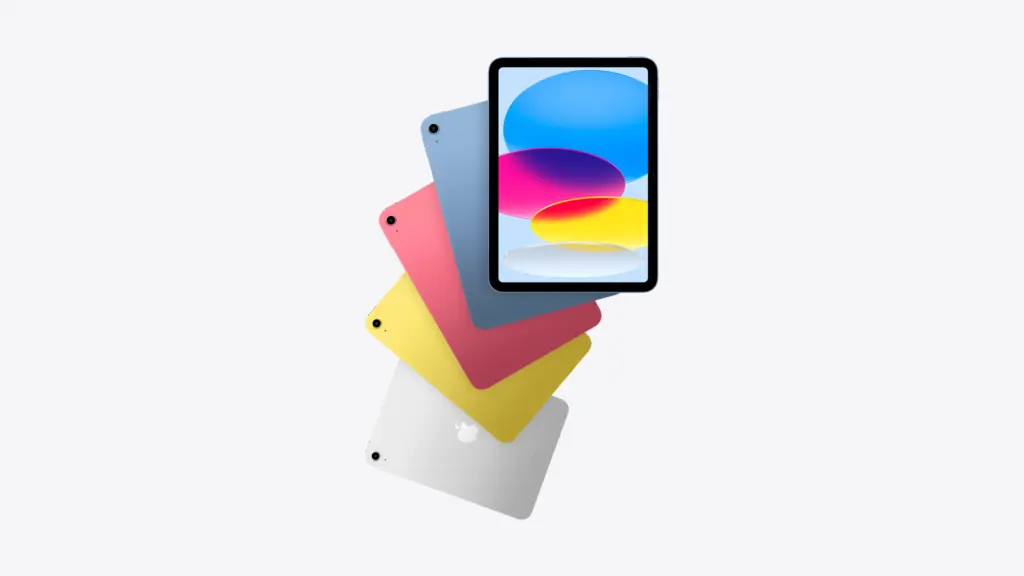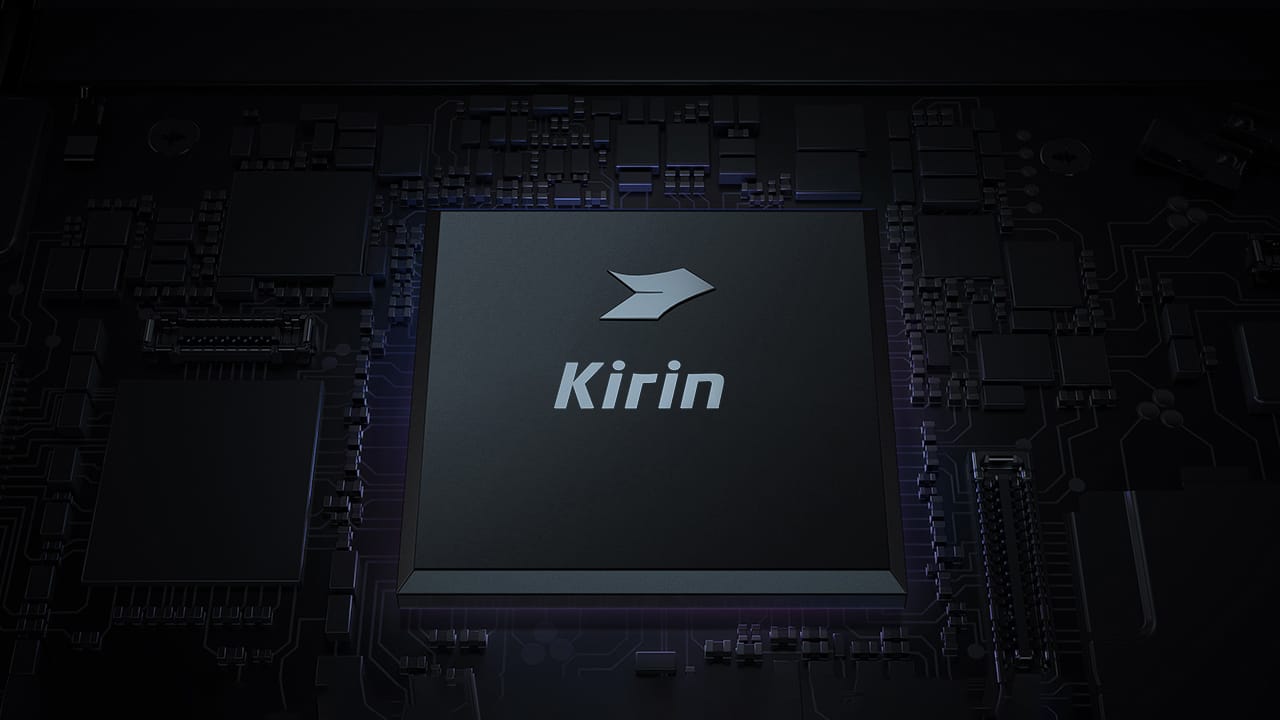Key Takeaways
1. Microsoft is promoting its Surface devices with Qualcomm Snapdragon X Elite as being 58% faster than the older MacBook Air with Apple M3.
2. Comparisons may be misleading, as Microsoft is not comparing with the newer MacBook Air M4.
3. Benchmark tests show the Surface Pro OLED with Snapdragon X Elite outperforms the MacBook Air M3 by about 49%.
4. Apple M4 GPU performance significantly exceeds that of Snapdragon X Elite, with higher options available in the M4 Pro and M4 Max.
5. Marketing claims should be viewed skeptically due to potential bias in performance comparisons.
Apple’s M-series ARM processors have gained a strong reputation for delivering high speed with low power use in recent years, but now Microsoft is fighting back with its marketing strategies. According to a video linked below, Surface devices that run on the Qualcomm Snapdragon X Elite are said to be 58% quicker than the MacBook Air.
A Closer Look at the Details
However, when you dig deeper into the specifics, it becomes clear that Microsoft’s comparisons might not be entirely fair. They are comparing the older MacBook Air that features the Apple M3, rather than the newer MacBook Air M4, which starts at $849 on Amazon. Our benchmark tests indicate that the Microsoft Surface Pro OLED with the Snapdragon X Elite does indeed outperform the MacBook Air M3 by approximately 49% in the Cinebench 2024 Multi-Core benchmark. Still, its performance is nearly equal to that of the Apple M4, even though the MacBook Air lacks a fan, has two fewer CPU cores, and consumes less power.
Performance in Graphics
In terms of GPU performance, the Apple M4 significantly surpasses the Snapdragon X Elite. For those who require even greater performance, Apple provides more potent laptops featuring the Apple M4 Pro and Apple M4 Max. In contrast, Microsoft does not have any device equipped with a quicker Snapdragon chipset. This advertising effort by Microsoft further demonstrates that such marketing statements should be approached skeptically, as companies often attempt to tilt the scales in their favor.
Source:
Link





